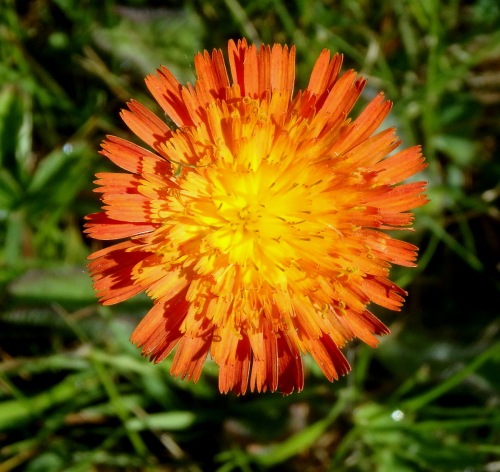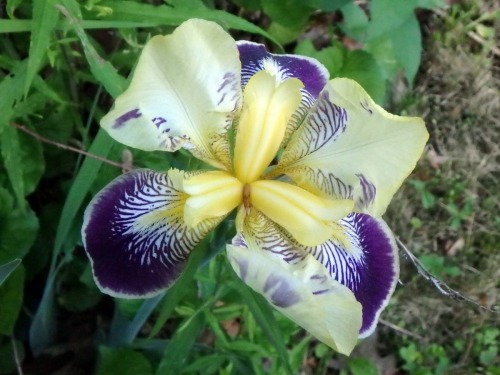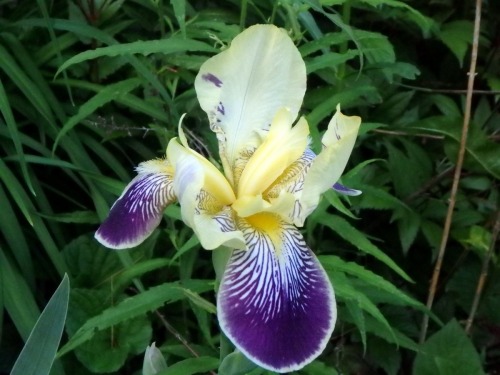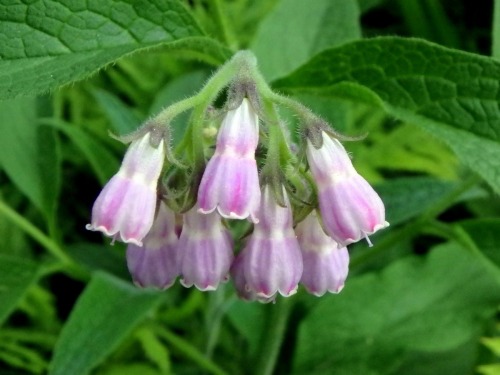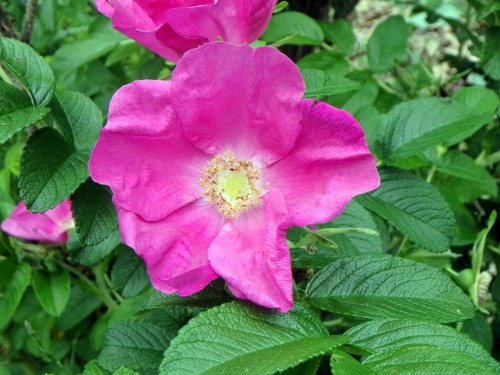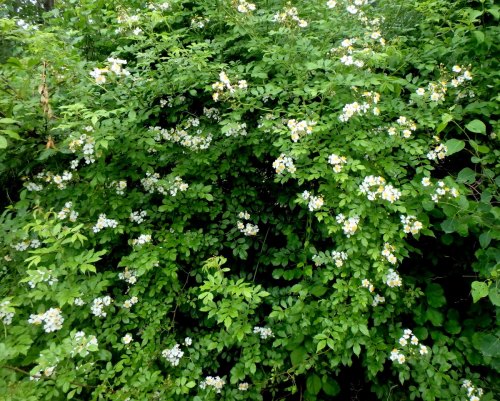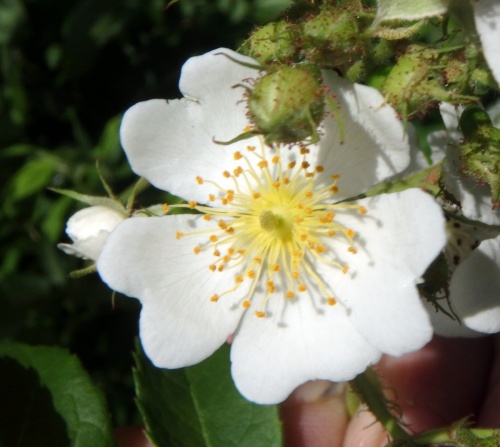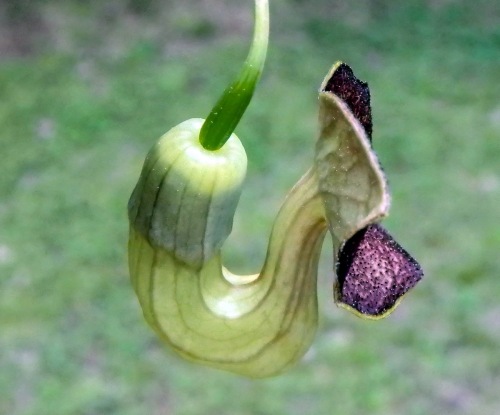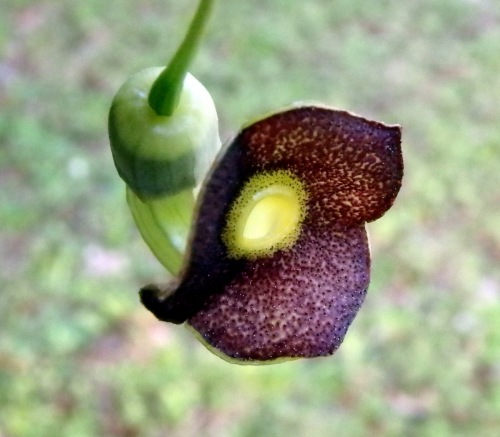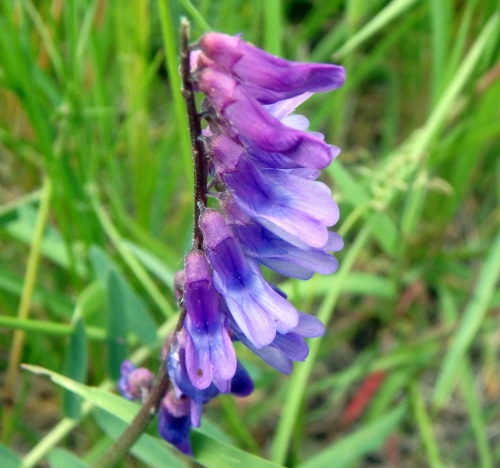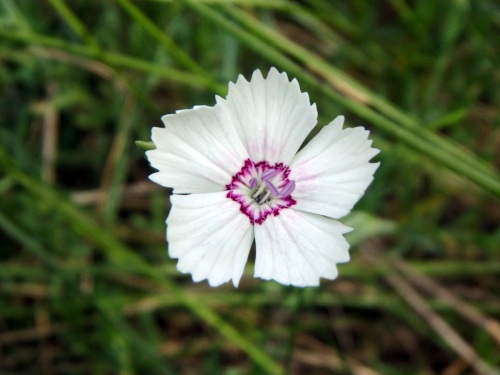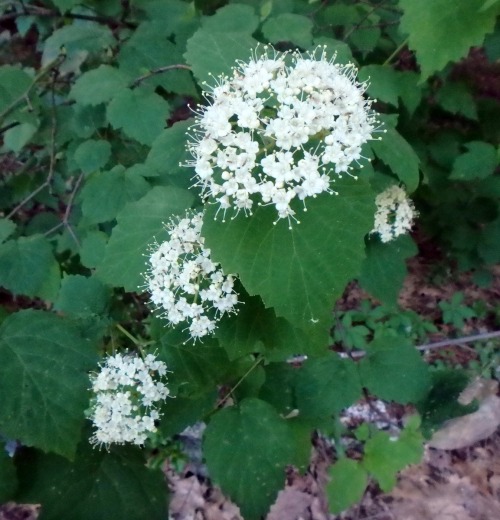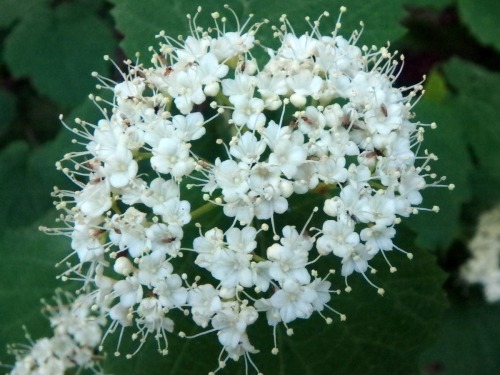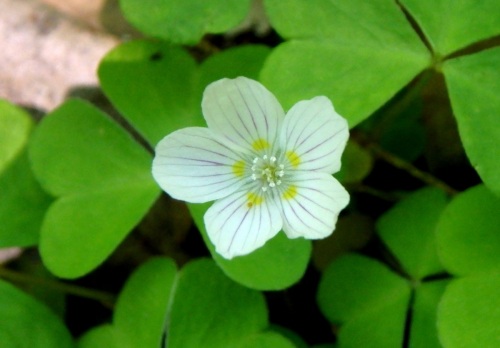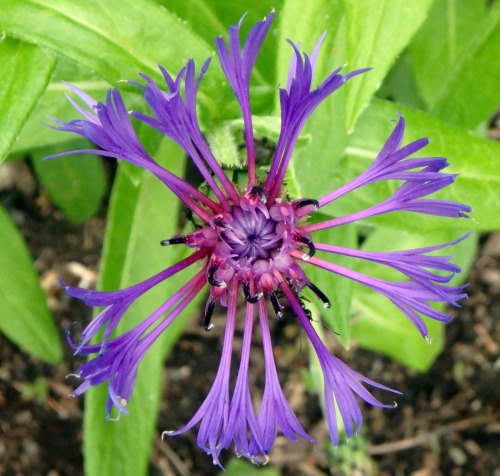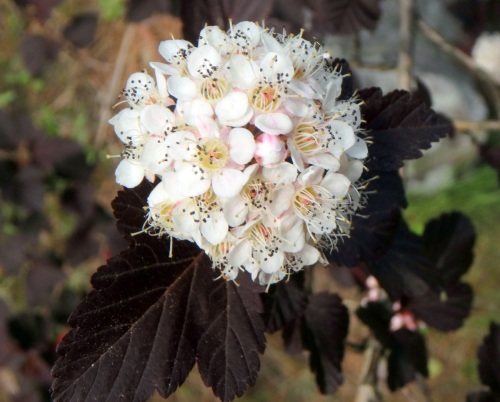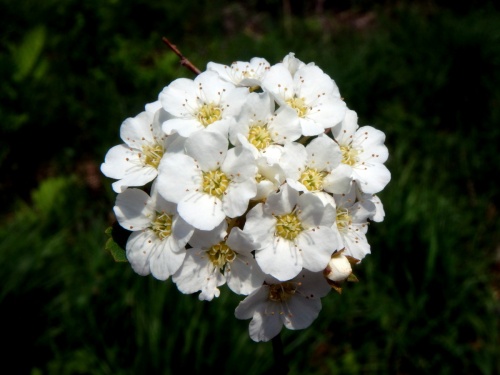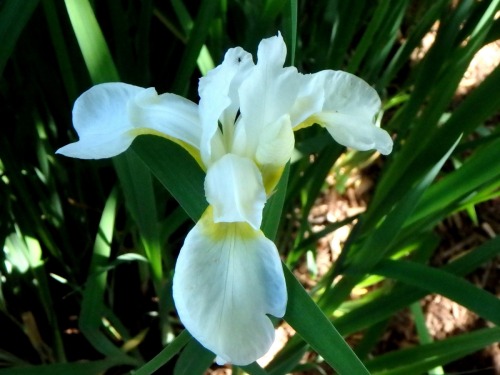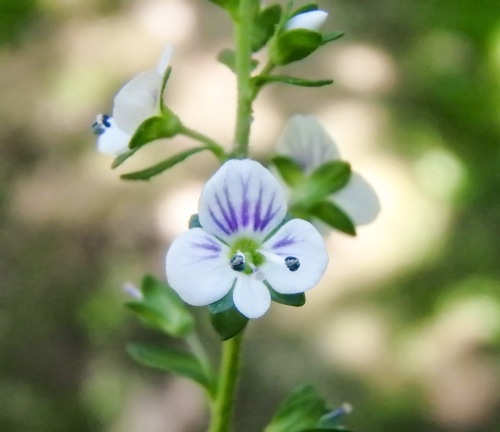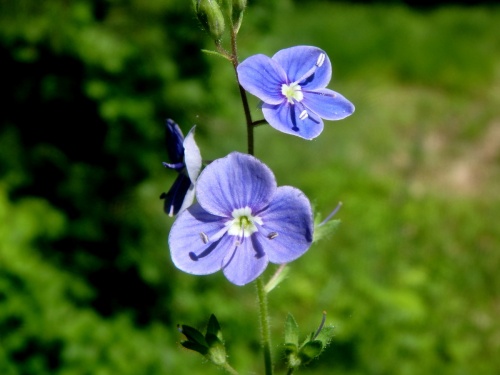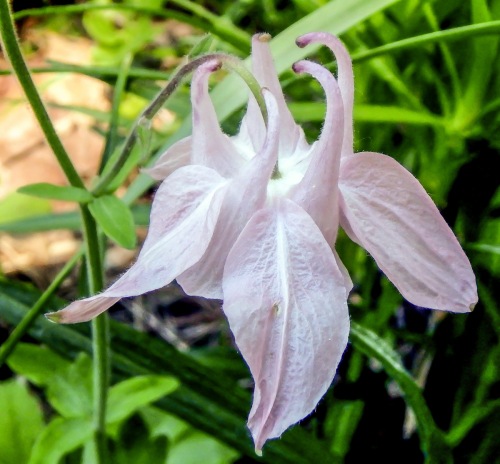Posts Tagged ‘Slender Speedwell’
Mid May Flowers
Posted in Nature, Wildflowers, tagged Apple Blossoms, Blueberry Blossoms, Canon SX40 HS, Cherry Blossoms, Crabapple, Eastern Redbud, Fothergilla, Hancock New Hampshire, Hobblebush Flowers, Keene, Leafy Spurge, Lilac, Mid Spring Flowers, Native Plants, Nature, New Hampshire, NH, Northern white violet, Olympus Stylus TG-870, Painted Trillium, Poets Daffodil, Slender Speedwell, Spring, Sugar Maple Flower, Swanzey New Hampshire, Tulip, Unknown Flower, Witch Alder, Wood Anemone on May 20, 2020| 29 Comments »
Silently a flower blooms,
Mid May Flowers
Posted in Nature, Wildflowers, tagged Blueberry Flowers, Canon SX40 HS, Early Spring Plants, Eastern Redbud, Foamflowers, Garlic Mustard, Hawthorn Blossoms, Hobblebush Flowers, Jack in the pulpit, Johnny Jump Ups, Keene, Mayflower Viburnum, Native Plants, Nature, New Hampshire, NH, Olympus Stylus TG-870, Poets Daffodil, Red Currant, Slender Speedwell, Spring, Striped Maple Flowers on May 17, 2017| 40 Comments »
The hand size flower heads on hobblebushes (Viburnum lantanoides) have now fully opened and they are blossoming beautifully this year. I’ve never seen so many; they grow alongside many of our roads and are easily seen. They are one of our most beautiful native shrubs; George Washington thought so highly of them he planted two at Mt. Vernon.
The larger, sterile flowers around the outer edge of the hobblebush flower heads (corymbs) opened earlier and the small fertile flowers in the center have just opened and can now be pollinated. Though very beautiful hobblebush flowers have a bit of an unpleasant fragrance, at least to my nose.
The large sterile flowers do the work of attracting insects but it’s the tiny fertile flowers that do all the work of seed production. Once pollinated they will become berries that turn from green to bright red to deep purple black. Birds help spread the seeds far and wide but it takes two years for them to germinate. Moose and deer will eat the shrub right back to the ground, and ruffed grouse, brown thrasher, Swainson’s thrush, cedar waxwings, red-eyed vireos, and pine grosbeaks eat the berries.
There are thought to be over 200 species of viburnum and one of the most fragrant is the mayflower viburnum (Viburnum carlesii,) named after the mayflower or trailing arbutus (Epigaea repens) because of its scent. It is an old fashioned, much loved shrub that is also called Korean spicebush. The flower heads are on the small size, maybe as big as a small tangerine, but the scent from one shrub full of them can be detected anywhere in my yard.
Jack in the pulpit plants (Arisaema triphyllum) have just started blooming. This plant is in the arum family and is similar to the “cuckoo pint” plant found in the U.K. Another name for Jack in the pulpit is Indian turnip, because Native Americans knew how to cook the poisonous root to remove the toxic calcium oxalate crystals. They called the plant “tcika-tape” which translates as “bad sick,” but they knew how to use it so they didn’t get sick. They also used the root medicinally for a variety of ailments, including as a treatment for sore eyes. This plant is also called bog onion because the root looks like a small onion and it grows in low, damp places.
I always lift the hood of Jack in the pulpits to see the beautiful stripes and to see if Jack is being pollinated. Jack is the black, club shaped spadix surrounded by the showy striped spathe, which is the pulpit. The plant has a fungal odor that attracts gnats and other insects and if they do their job Jack will become a bunch of bright red berries that white tail deer love to snack on.
Johnny jump up is a plant that has been known for a very long time and goes by many common names. It’s said to have 60 names in English and 200 more in other languages. I think “three-faces in a hood” is my favorite. In medieval times it was called heartsease and was used in love potions. Viola tricolor is believed to be the original wild form of all the modern varieties of pansy. I’m lucky enough to have them popping up at the edge of my lawn.
Eastern redbud (Cercis canadensis) is not native to New Hampshire and I have only seen two of the trees growing in this area. Both are on private property but this one has branches overhanging a sidewalk so I’m able to get close to it. The hardiness of this tree can be questionable here unless trees started from northern grown seed are planted. They’re very pretty trees though, and if I was starting a new garden I think I’d try growing one or two.
I’m always surprised by how small the pea like purple flowers are on a redbud but the tree makes up for it by producing plenty of them.
Lowbush (Vaccinium angustifolium) and highbush blueberries (Vaccinium corymbosum) are blooming well this year and that means we’ll probably see a bountiful crop of berries, provided we don’t have a late frost. Blueberries are said to be one of only three fruits native to North America. The other two are cranberries and concord grapes, but then I wonder about crabapples, which are also native fruits. Native Americans called blueberries “star berries” and used the plant medicinally, spiritually, and of course as a food. One of their favorites was a pudding made with dried blueberries and cornmeal.
Red currant (Ribes rubrum or Ribes sativum) bushes were once grown on farms all over the United States but the plant was found to harbor white pine blister rust (Cronartium ribicola,) so in the early 1900s, the federal and state governments outlawed the growing of currants and gooseberries to prevent the spread of the disease. The fungus attacks both currants and white pines (Pinus strobus,) which must live near each other for the blister rust fungus to complete its life cycle. Black currants (Ribes nigrum) are especially susceptible. The federal ban was lifted in 1966 but some states still ban the sale of currants and gooseberries. The plant’s flowers might not win a blue ribbon for beauty but that’s okay because currants are grown for their berries. Fruits range in color from dark red to pink, yellow, white and beige, and they continue to sweeten on the bush even after they seem to be fully ripe. Though often called “wild currant” red currant is native to Europe and has escaped. I found these examples on land that was once farmland.
Hawthorn (Crataegus) blossoms aren’t much in the way of fragrance because of a compound called trimethylamine, which gives the plant a slightly fishy odor, but they’re big on beauty with their plum colored anthers. They are also important when used medicinally. Hawthorn has been used to treat heart disease since the 1st century and the leaves and flowers are still used for that purpose today. There are antioxidant flavonoids in the plant that may help dilate blood vessels, improve blood flow, and protect blood vessels from damage. There are over 100 species of native and cultivated hawthorns in the U.S. and they can be hard to identify. Native Americans used the plant’s long sharp thorns for fish hooks and for sewing. The wood is very hard and was used for tools and weapons.
The flowers of striped maple (Acer pensylvanicum) look like bells dangling on a cord. They usually hang down under the leaves and can be very hard to get a good photo of unless you can find them hanging over a leaf, and that’s what happened here. The yellowish green bell shaped flowers are quite small, only about 1/4 inch across. Trees can have male, female or both kinds of flowers.
Another view of the unusual striped maple flowers. Each flower has 5 green sepals and 5 greenish-yellow petals with outward turning lobes that are a bit longer than the sepals. Their six to eight stamens show that those in the photo are male flowers. A striped maple needs to be at least ten years old to produce seeds. They like cool moist woods and their large, hand size leaves mean they can take quite a lot of shade, so they grow in the understory. Native Americans are said to have used the wood of striped maple to make arrows and its bark for tea.
Garlic mustard (Alliaria petiolata) is an invasive plant once used as an edible pot herb. This plant forms large colonies and chokes out natives by poisoning the soil with compounds called glucosinolates that leach into the soil and kill off many soil fungi that native species depend on to survive. It grows from 1-4 feet tall and has a strong but pleasant garlic / onion odor when the leaves are crushed.
Garlic Mustard spreads quickly and prefers growing in shaded forests. It isn’t uncommon to find areas where no growing thing can be seen on the forest floor but this plant. It is considered one of the worst invasive species because of its ability to spread rapidly and is found in all but 14 U.S. states, including Alaska and large parts of Canada. Maybe if we all decided to eat it, it would prove to be less of a problem. According to an article in the New York Times, it’s delicious.
There are something like 500 plants in the veronica family and they can be tough to tell apart, but I think this one might be slender speedwell (Veronica filiformis.) It’s a tiny thing that I found growing in a lawn and I thought I’d see if my camera was capable of taking its photo. This particular speedwell is native to Europe and is considered a lawn weed but there are many others that are native to the U.S., and Native Americans used some of them to treat asthma and allergies.
The speedwell was growing alongside a dandelion and L thought a photo of both would be a great way to show you just how small the speedwell’s blossoms were. A single blossom could easily hide behind a pea.
Heartleaf foamflowers (Tiarella cordifolia) have just started blossoming near shaded streams and on damp hillsides. They’re easy to spot because of their hairy, maple-like leaves and foot high flower stalks. Native plants have leaves that are bright green at first and then turn a darker green, sometimes mottled with brown. Many hybrids have been created and foam flowers are now popular in garden centers and are grown in gardens as much for their striking foliage as the flowers. They are an excellent, maintenance free choice for shady gardens that get only morning sun.
The small, numerous flowers of foamflower have 5 white petals, 5 white sepals, and 10 stamens. It is said that the long stamens are what give foamflowers their frothy appearance, along with their common name. Native Americans used the leaves and roots of foamflower medicinally as a mouthwash for mouth sores. The plant is also called “coolwort” because the leaves were also used on scalds and burns to relieve the pain.
Two of my great loves are history and botany, and they come together in the poet’s daffodil (Narcissus poeticus.) It is such an ancient plant that many believe it is the flower that the legend of Narcissus is based on; it can be found in botanical texts from as early as 371 BC. It is one of the first cultivated daffodils and is hard to mistake for any other, with its red edged, yellow corona and pure white petals. Its scent is spicy and pleasing but it is said to be so powerfully fragrant that people can get sick from being in an enclosed room with it. I like it because of its historical baggage; it always makes me think of ancient Rome and Greece, where toga wearing poets admired its beauty. It has naturalized throughout this area and can be found in unmown fields, and it’s still just as beautiful today as it was then, over 2,000 years ago.
Who would have thought it possible that a tiny little flower could preoccupy a person so completely that there simply wasn’t room for any other thought? ~Sophie Scholl
Thanks for coming by.






















